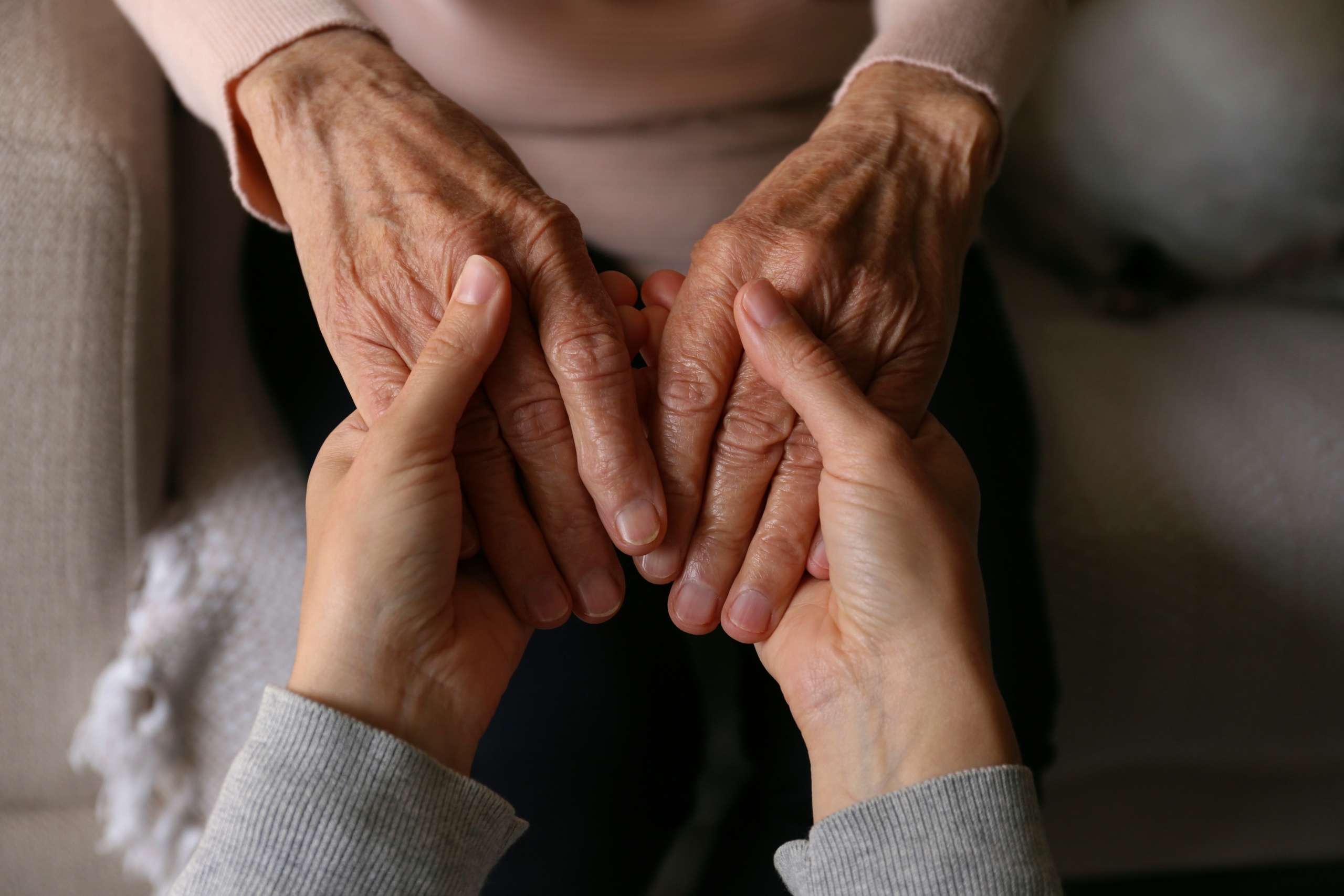 In the fast-paced world we live in, the need for immediate response and accessibility in elder care has never been more crucial. As the aging population grows, so does the demand for prompt, efficient, and accessible in-home elderly care services. Let’s delve into the significance of these two pivotal aspects in modern elder care.
In the fast-paced world we live in, the need for immediate response and accessibility in elder care has never been more crucial. As the aging population grows, so does the demand for prompt, efficient, and accessible in-home elderly care services. Let’s delve into the significance of these two pivotal aspects in modern elder care.
Understanding Immediate Response
Immediate response in elder care refers to the swift and timely reaction to the needs, concerns, or emergencies faced by seniors. Whether it’s a medical emergency, a sudden feeling of loneliness, or a query about medication, an immediate response ensures that seniors receive the attention they need without undue delay.
The Lifesaving Nature of Immediate Response
In many scenarios, especially medical ones, time is of the essence. A rapid response can mean the difference between a minor issue and a major complication. For seniors, who might be dealing with multiple health concerns, the assurance that help is just a call away can be lifesaving.
Accessibility: More Than Just Physical Proximity
While immediate response focuses on the timeliness of care, accessibility ensures that care is available, reachable, and understandable. It’s not just about having a healthcare facility nearby, but also about ensuring that services are tailored to be easily utilized and understood by seniors. This includes developing home care programs for distinct weather conditions, ensuring that caregivers are prepared to handle the specific environmental challenges faced by the elderly, thereby providing a safer and more comfortable care experience.
The Emotional Impact of Immediate Response
Beyond the tangible benefits, the emotional impact of immediate response cannot be understated. For many seniors, the knowledge that help is readily available provides a profound sense of security and comfort. This assurance can reduce feelings of vulnerability, anxiety, and isolation. It fosters a sense of independence, as seniors know they can go about their daily activities with the confidence that assistance is just a moment away. This emotional well-being is integral to their overall health, as a positive mental state can enhance recovery, resilience, and overall life satisfaction.
Community Collaboration for Enhanced Accessibility
Community plays a pivotal role in enhancing accessibility. Local organizations, businesses, and community groups often collaborate to create an environment that’s senior-friendly. From organizing transport services to hosting informational sessions on using digital health platforms, these community-driven initiatives ensure that seniors have the tools, resources, and knowledge to access care services seamlessly. Such collaborations highlight the collective responsibility of ensuring that our elders, who have contributed so much to our communities, have easy access to the care and support they deserve.
Digital Platforms and Accessibility
The digital revolution has played a significant role in enhancing accessibility. Telehealth platforms, online appointment bookings, and digital health records have made it easier for seniors and their caregivers to access medical services, consultations, and information from the comfort of their homes.
Training and Preparedness
To ensure an immediate response, caregivers and medical professionals undergo rigorous training. They’re equipped to handle emergencies, provide first aid, and offer emotional support. Regular drills and simulations ensure that they’re always prepared to respond swiftly and efficiently.
24/7 Support Systems
One of the pillars of immediate response and accessibility is the availability of 24/7 support systems. Helplines, emergency response teams, and round-the-clock care services ensure that seniors have access to assistance at any hour of the day or night.
The Role of Technology in Immediate Response
Modern technology, from wearable health monitors to smart home systems, plays a pivotal role in ensuring immediate response. These devices can detect falls, monitor vital signs, and even send alerts to caregivers or medical professionals in case of anomalies, ensuring timely intervention.
Overcoming Barriers to Accessibility
While strides have been made, barriers to accessibility still exist. These range from physical barriers, like inaccessible buildings, to informational ones, like medical jargon. Efforts are continuously made to identify and overcome these barriers, ensuring that all seniors, irrespective of their physical abilities or knowledge levels, can access the care they need.
The Future of Immediate Response and Accessibility
As technology continues to evolve and the focus on patient-centric care grows, the realms of immediate response and accessibility are set to undergo further transformation. Innovations like virtual reality therapy, AI-driven health monitoring, and even drone-delivered medications hold the promise of making elder care even more immediate and accessible.
Conclusion
Immediate response and accessibility are not just buzzwords; they’re the bedrock of modern elder caregiving services. By ensuring that seniors receive timely care that’s easily accessible, we’re not just enhancing their quality of life but also ensuring their safety, well-being, and peace of mind. As the world continues to evolve, these two aspects will play an even more significant role in shaping the future of elder care, promising a world where every senior feels valued, cared for, and secure.

